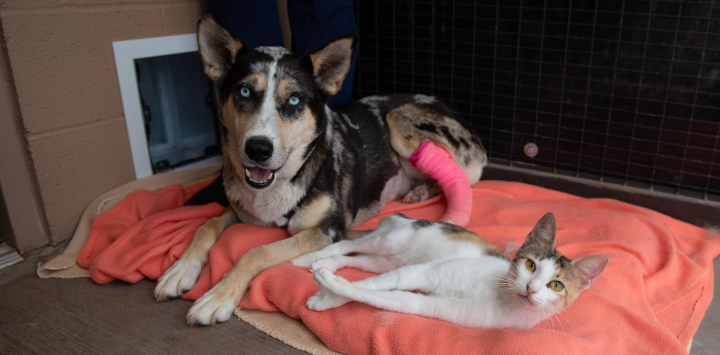
Maximizing your network partnership through our web resources, tools
In 2011, when Best Friends Animal Society made the conscious decision to concentrate our energies on helping shelters and 501(c)(3) organizations, we did so because we recognized that those organizations are facing a crisis every day – and that you needed help. What has become crystal clear over the many years since is how much expertise lies with the more than 4,100 groups signed up as Best Friends Newtork Partners these days and how much you help one another over the hurdles.
So, in addition to the many exclusive perks we offer our partners, we’ve filled the website with as many resources as we can fit. Our goal is to empower our thousands of partners by providing networking opportunities and resources to save as many lives as possible. Here, in a nutshell, are the kinds of tools you can find on the network website – we hope you are using them, and if you aren’t, that you will make a point of checking them out!
Program spotlight and editorials
Every week, we focus on a topic that will appeal to shelters and rescues of all kinds, and we interview a variety of experts from the field. Sometimes those are Best Friends staff, but more frequently we like to reach out to other partners. They are immersed in this work day in, day out – like you are – and thus are best equipped to talk about the realities of implementing major changes like managing when animals come into your shelter or coping with the current vet shortage.
“Our spotlights and editorials are extremely valuable content in our library of resources,” says Kayla Sebo, manager of network communications. “These written pieces give us the opportunity to elaborate on the ‘why’ behind specific topics more than we can in other channels. This gives our partners the full picture so they can feel empowered to move forward and make programmatic changes at their organization.”
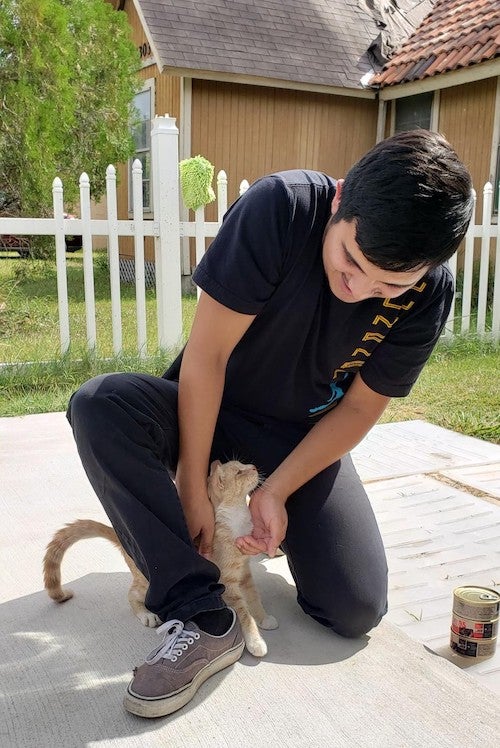
A good example is the spotlight “The dilemma of the friendly outdoor cat” that was posted in October 2020. The piece touched on one of the trickier aspects of implementing a community cat program: return friendlies, which continues to get pushback no matter how much the rest of the program is embraced. Considering that one of the top five emails we get at bfnetwork@bestfriends.org concerns community cat issues, it’s not surprising that this spotlight continues to attract readers. In fact, it’s one of our most-visited posts in the three years we’ve been doing spotlights and editorials, and we hope that the many groups accessing this resource are able to put its tips into action.
“The spotlights are especially helpful to our partners,” Kayla says. “Being able to see how another organization has found success when going through similar struggles is invaluable. Whether it’s a new idea they hadn’t thought of or a tried-and-true method they’ve been apprehensive to try, seeing a program working for another network partner can give readers the boost they need to try something that may help them save more lives.”
Got issues you want us to do a deeper dive on? Or has your organization found a unique way to solve the problem of juggling multiple foster homes, perhaps? Email lizf@bestfriends.org and make your pitch!
Use these links to access our complete library of program spotlights and editorials.
Podcasts
For those who prefer hearing instead of reading their content, we created The Best Friends Podcast. Whether listening in the car, through headphones while cleaning kennels, or through the biggest, loudest speakers available, they offer people another way to stay up to date on the latest proven practices in the industry and hear some great stories from professionals from across the country.
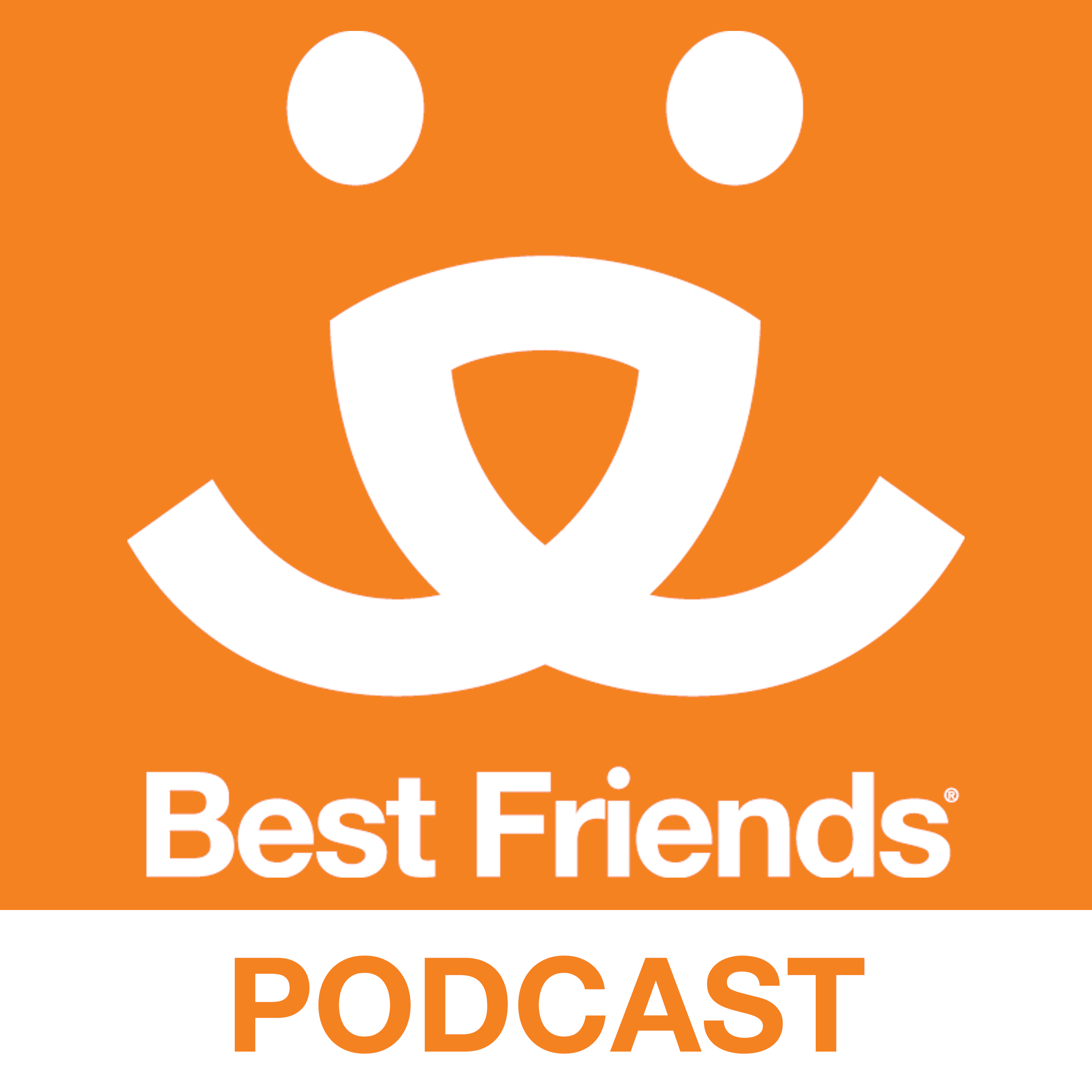 Besides, podcasts are a popular format in general: according to industry stats, as of the end of 2022 almost two-thirds of Americans over age 12 had listened to them. Best Friends passed the 100,000 podcast episode downloads milestone in 2022, which not only proves the value of the format but also shows the content is resonating, says Jon Dunn, senior communications specialist.
Besides, podcasts are a popular format in general: according to industry stats, as of the end of 2022 almost two-thirds of Americans over age 12 had listened to them. Best Friends passed the 100,000 podcast episode downloads milestone in 2022, which not only proves the value of the format but also shows the content is resonating, says Jon Dunn, senior communications specialist.
“We always want to try to meet people where they are, and if folks in animal welfare are listening to podcasts, then we felt it was worth giving it a shot,” he says. “But more important than those download numbers, we want the podcast to inspire action.
“In fact, I am excited to share that, in one of our upcoming episodes, we feature an organization that changed its adoption policies after listening to the episode we did with Lawrence Nicolas,” Jon says. “While it’s still early days, the shift the organization is making to remove barriers to adoption has the potential to impact thousands of animals in their area annually, which is truly incredible.”
We’re always looking for guests on the podcasts, so if you have a story to share that can help save the lives of dogs and cats, then please send us an email: podcast@bestfriends.org
Use this link to take a look at the variety of podcasts Jon has put together to help partners.
Town halls
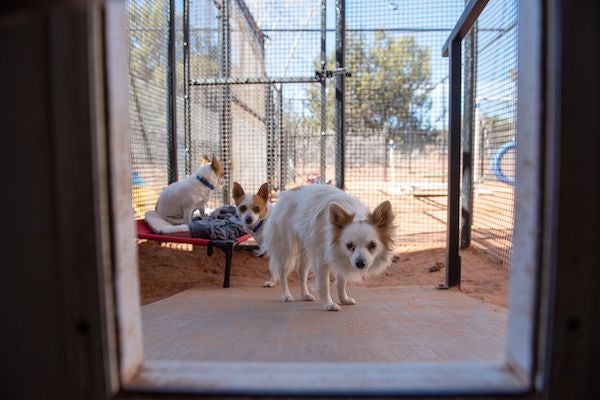 This video series brings together thought leaders from Best Friends and across the industry to provide insight, analysis, and solutions to the unprecedented challenges to lifesaving that we’re all facing right now. They are also interactive, so that the speakers can take questions from attendees, who frequently contribute to crowd-sourced solutions as well.
This video series brings together thought leaders from Best Friends and across the industry to provide insight, analysis, and solutions to the unprecedented challenges to lifesaving that we’re all facing right now. They are also interactive, so that the speakers can take questions from attendees, who frequently contribute to crowd-sourced solutions as well.
Since 2020, the town halls have focused on everything from community-supported sheltering to successfully marketing hard-to-place pets and removing barriers for underrepresented community members.
You can access the full list of town halls here.
Spay Neuter Resource Map
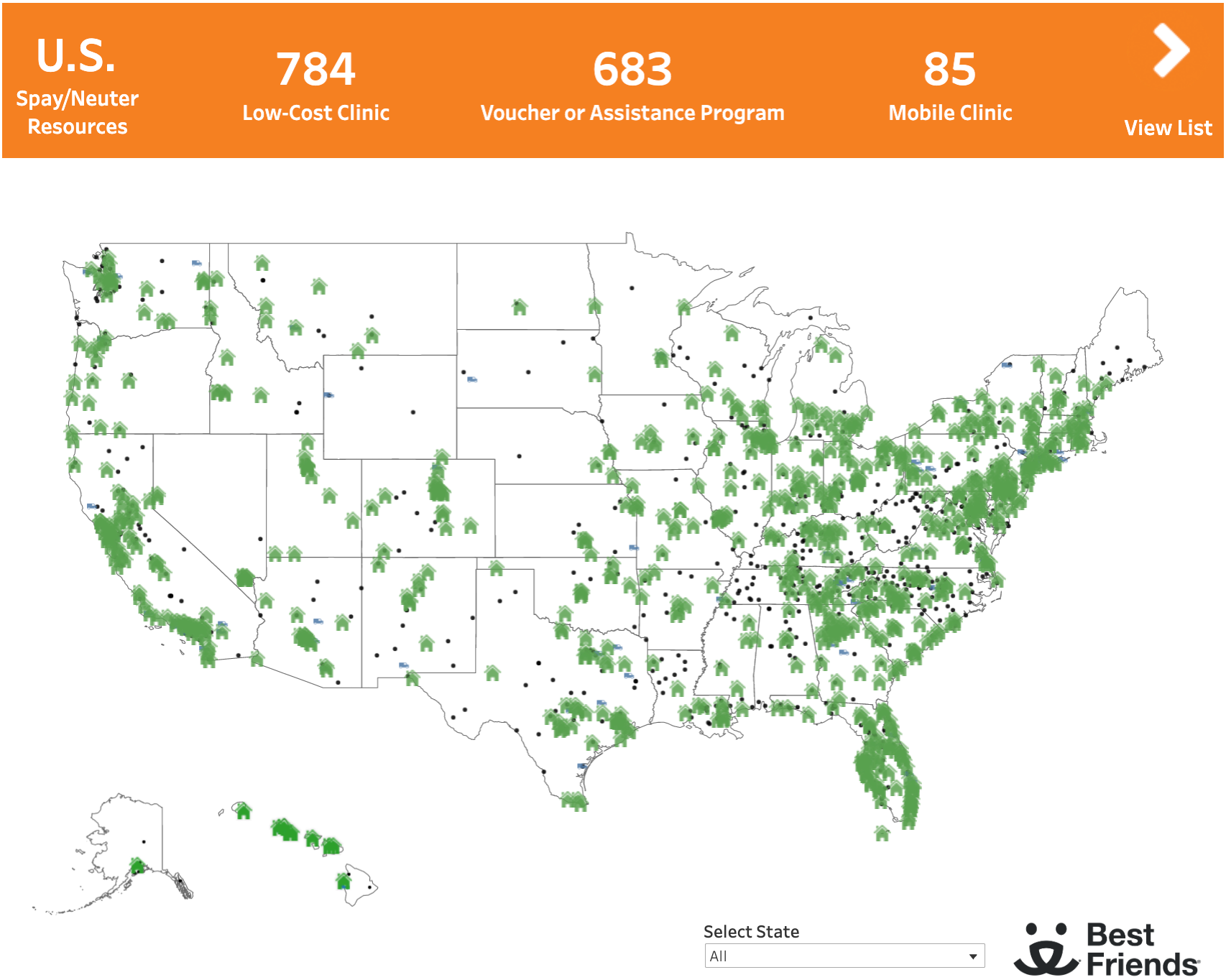
Finding adequate spay/neuter resources is a universal problem and while the situation has been amplified in recent years, it’s nothing new. In 2018, senior strategist of the East region Angela Rovetto was contacting shelters and communities in North Carolina to find out which issues Best Friends could help with, one of the most common themes was lack of access to spay/neuter.
“We kept hearing from everyone how little access there was to accessible, affordable, adequate spay/neuter services, from both a public pet perspective and for shelter animals, which kept animals pouring into shelters daily,” Angela says. “They didn’t have the tools to solve this piece of the lifesaving puzzle.”
Knowing that shelters are unable to get control of pet population issues in their communities if they can’t sterilize dogs and cats, and that there was no truly universal resource that provided information about the locations of resources, we did some research as a pilot project in North Carolina to get a tangible sense of where clinics were located – and where they weren’t.
“Lo and behold, when we got the map back, there were obvious large swaths of areas, resource deserts really, with no spay/neuter clinics or programs to offer affordable services,” Angela says.
 Though there were private vets available in some of those areas, they were cost-prohibitive to organizations working on shoestring budgets. And there was an a-ha moment when we overlaid shelter data information with the spay/neuter resource map: the largest resource gaps aligned with the areas where shelters had the largest lifesaving gaps.
Though there were private vets available in some of those areas, they were cost-prohibitive to organizations working on shoestring budgets. And there was an a-ha moment when we overlaid shelter data information with the spay/neuter resource map: the largest resource gaps aligned with the areas where shelters had the largest lifesaving gaps.
“This supported what we were hearing and gave us tangible data to show just how big an issue and need it was for shelters to be able to ultimately save more lives,” Angela said. “Especially in rural areas, groups were traveling hours away to get animals fixed. That was time they didn’t have to waste and could’ve been using in better ways.""
Angela shared the pilot version of the map with partners in the state and found that it helped some groups realize there are closer or multiple options that could save them precious time and money, as well as get more animals fixed each month.
“We also showed the map and the corresponding shelter data map to Cary Bernstein, executive director of Stand for Animals in North Carolina, which is a leading spay/neuter and low-cost medical care clinic,” Angela says. “It was a mic drop moment for her, too. Even someone who words daily in the space and knows first-hand the desperation for low-cost services like her organization offers, Cary was shocked at seeing the realities and how it played out across the state.”
From the initial map and subsequent feedback came the nationwide Spay/Neuter Resources Map available on the site today. Animal welfare organizations can use this map to connect with locations to help spay or neuter their own animals or provide this information to their constituents to use for personal pets. Contact information is included in each listing so groups can easily connect with nearby locations, and the map is regularly updated. As of mid-February, the map included listings for 784 low-cost clinics, 683 voucher/assistance programs, and 85 mobile clinics.
Transport Connection Map
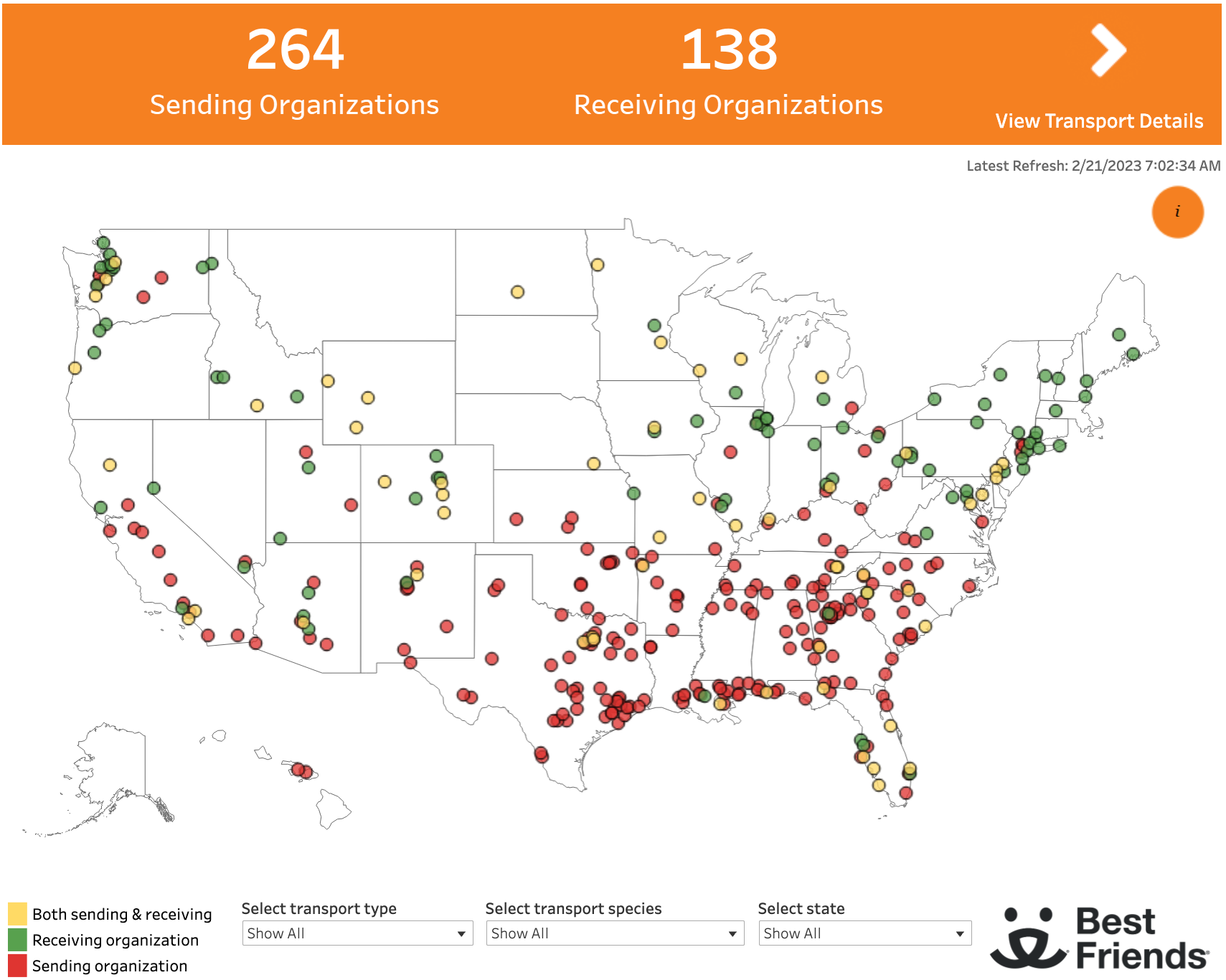
Because none of us can do this work alone, the Transport Connection Map offers an opportunity to network via an online visual tool designed to help network partners easily identify and directly connect with potential transport-compatible partners. To be included on the map, partners complete the participation survey by submitting basic profile information, which is then displayed on the map as your “Transport Profile” for others to see.
As with the spay/neuter resource, the transport map depends upon information provided by partners via a form on the website to be the most current and accurate. Based on such info, which includes ongoing updates and changes monthly, by mid-February 264 sending organizations and 137 receiving organizations were listed on the map.
“I always hated the deep abyss it seemed to be when faced with having to find a compatible transport partner and not knowing the area to know where to start,” Angela adds. “Social media has been a connecting game-changer but even with that, threads with amazing information about who is where and who can take what tends to live in only one place.

“Also, we all know how costly, laborious, and lengthy long-distance transports can be,” Angela says. “The goal is for this tool to help partners connect with organizations that are closest to them; that would make the best use of limited resources and put the lowest amount of stress on the animals.”
It is important to note, however, that the map was never intended to be a guaranteed link to groups that could take animals at any time. Rescue and animal sheltering is too fluid a situation to allow for such a “magic” tool, Angela notes.
“Arming people with information is the first step to amazing changes and improvements, though,” Angela says. “The map was an attempt to fill another important knowledge and awareness gap in the industry and allow those with transport needs to expediently connect with potential partners. We know that can be a chore; the map hopefully makes that less onerous. If we could make that first step easier with something more comprehensive than everyone individually going to social media, animals can more quickly get on the road and on the way to a new life.”
Hopefully, it provides the kind of networking that is often needed to find solutions for very challenging situations, like high-volume emergency-intake cases or those involving difficult dogs. “We get many inquiries in our email requesting assistance with finding placement for an animal or multiple animals,” Meryl says. “The transport connection map is a tool that allows organizations to expand their reach far and wide to find placement for animals in their care.”
You can find the transport map, along with a video on how to use it, here.
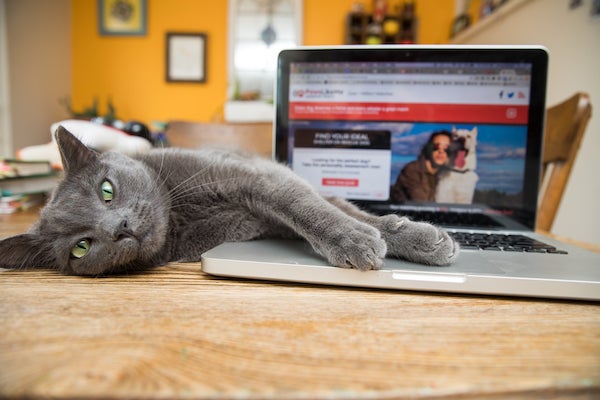
Speaking of networking with others via social media… We designed the closed partner Facebook group so organizations can communicate directly with others in the Best Friends Network who understand one another’s issues and often have solutions to share.
Most interactions are from partners looking for resources like adoption handouts to avoid re-creating something that already exists. Other common topics are job postings, advice on software and equipment costs, and places to find free or low-cost supplies like cat litter or dog leashes.
“One of the best aspects of the private Facebook group is that our partners have a protected space to connect with industry professionals, share their expertise, and find support from other organizations committed to increasing lifesaving in their communities,” says Raya Greenbaum, senior communications specialist. “We value maintaining this peer-to-peer space for partners, so they know they have a place to ask questions, give advice and discuss their work openly with individuals who understand.”
Partners can also ask for advice from organizations with similar animal issues to see what worked for them and post about connecting with organizations for transports. This encourages collaboration and can establish ongoing relationships.
If you're a current network partner, click here to join more than 5,400 other individuals in our private Facebook page.
Proven strategies resources
While Best Friends has long had a variety of online resources available to help shelters, rescues, and pet owners, the business-to-business focus of the network site allows us to curate content to fulfill the needs of the industry more adequately. Some of the topics covered are operations issues (where you can find the Animal Transport Volunteer playbook and a webinar on Managing Feline Upper Respiratory Disease in Shelters); diversity, equity and inclusion (which highlights results from the Human and Pet Vulnerability study); and program endorsements (where you can access an online course on lifesaving field services).
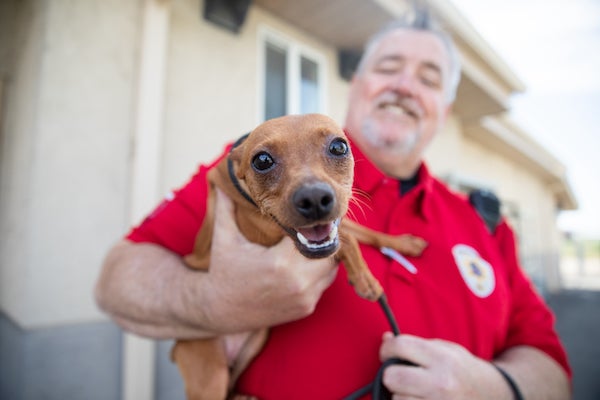 Find all the proven strategies info here.
Find all the proven strategies info here.
We understand that this work is not easy and that many shelters and rescues are feeling overwhelmed and are struggling to find positive outcomes for the animals in their care. The network was built on the very belief that collaboration is the key to saving more lives. Our goal is to empower our partners by providing tools and resources that are relevant to their work, as well as interactive and easy to use to help them increase their networking capabilities.
“All great things start with raising awareness and collaboration, and that’s what many of these resources do,” Angela says. “The network partner website is a great central resource for information on the most prevalent issues and it’s one way to close an information gap.”
*Not a partner yet? Go here to learn how you can become part of a coalition of thousands of organizations working to save the lives of animals every day!

Liz Finch
Senior Writer
Best Friends Network
If you enjoyed this program spotlight, you can find our complete catalog of spotlights here.